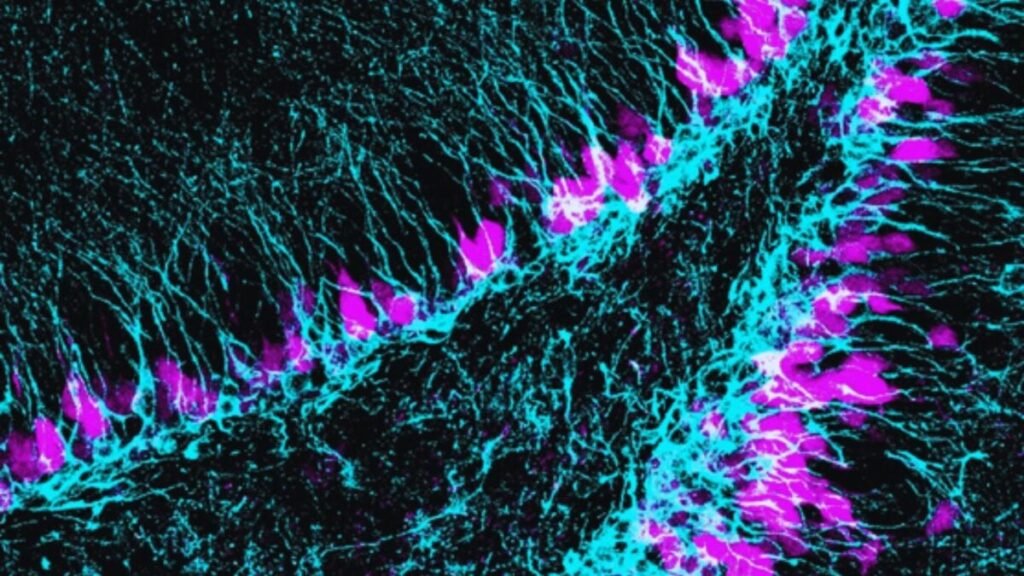The gene Sox5 predicts the future of the brain by regulating the stem cell pool

The brain’s plasticity relies on maintaining a reserve of neural stem cells, with the Sox5 gene playing a crucial role in regulating this process from early stages of life. Sox5 acts as a guardian of the hippocampus, ensuring the rest of neural stem cells in the dentate gyrus for memory and learning. Without Sox5, stem cells become prematurely active, depleting the long-term reserve.
A critical window in the second postnatal week establishes the balance of stem cell rest, with Sox5 preventing early division that could compromise future regeneration. The absence of Sox5 leads to deregulation of the BMP signaling pathway, which promotes quiescence. Inhibiting this pathway in mice opens up possibilities for new strategies to modulate stem cell activity in aging or neurodegenerative diseases.
Mutations in the SOX5 gene are linked to Lamb-Shaffer syndrome, a rare condition with cognitive and language impairments. Understanding Sox5’s role in neurogenesis may offer insights into targeted therapies. This discovery highlights the importance of biological processes in early life for the brain’s repair ability in adulthood.
Overall, memory and learning are influenced by genetic mechanisms that start functioning shortly after birth, with Sox5 playing a key role in safeguarding the brain’s future.






